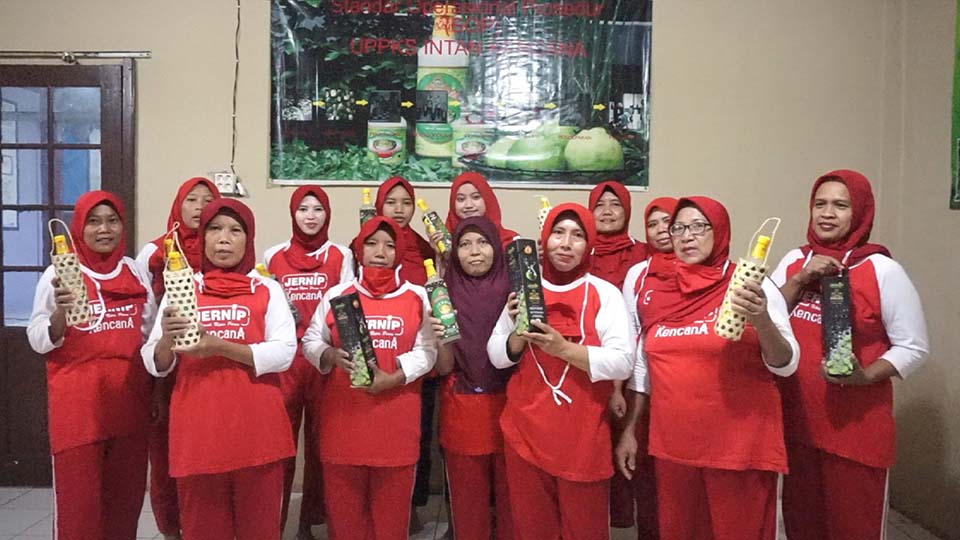
Background
With over seven billion cubic meters produced each year, concrete is one of the world’s most ubiquitous building materials. Concrete use has stood the test of time and is a multibillion dollar industry that provides millions of jobs throughout the world. Despite its versatility and popularity, the aesthetic reputation of concrete leaves much to be desired. Common descriptive phrases such as “concrete jungle” do little to increase the desirability of concrete’s aesthetic attributes. However, in a small town in southern Hungary, a young architect is challenging these negative perceptions. In 2001, Áron Losonczi combined his artistic inspiration, technical innovation and entrepreneurial flair to create translucent concrete building blocks which can transform a solid gray mass into a luminous wall alive with shadows. In 2004, Mr. Losonczi set up LiTraCon Bt. (Litracon) to market his translucent invention.
Invention
One day in his hometown of Csongrád, Hungary, Mr. Losonczi saw a piece of artwork that was made of large glass pieces and ordinary concrete, which gave the artwork translucent properties. Seeing this, he got the idea of combining the two materials to create a translucent form of concrete that maintained the strength, durability and texture of traditional concrete mixtures. Instead of using large glass pieces, Mr. Losonczi’s invention uses thousands of glass fibers mixed with fine concrete. The fibers form a matrix and run parallel to each other between the two main surfaces of each block.
Amazingly, the mixture can achieve its translucent effect with only four percent of its volume consisting of the glass fibers. Because of this and their small size, they blend into the concrete and become a part of its structural integrity, but are not visible on the surface. The resulting product looks, feels and behaves like pure concrete, but shadows and objects show through, similar to the effect of Japanese sliding screens made of rice paper. Shadows are sharply projected and light coming through the blocks does not change its original color. The blocks can be embedded with heat insulation, can be used to build structures up to a few meters thick without any light loss and can be produced in various sizes and shapes. Mr. Losonczi named his invention LiTraCon, short for Light-Transmitting Concrete.

illuminating otherwise dark areas
Research and Development
While doing his post-graduate work from 2001 to 2003 in architecture at the Royal University College of Fine Arts in Stockholm, Sweden, Mr. Losonczi began working with scientists at the Budapest University of Technology and Economics to develop a translucent cement prototype. After returning to Csongrád, Mr. Losonczi completed this first prototype by hand and started demonstrating it at design exhibits throughout Europe. The prototype soon caught the attention of the media and well known architect firms, and Mr. Losonczi’s research and development (R&D) focused on refining the product and increasing production capability. The resulting product can be used for interior or exterior walls, illuminated pavement or in art or design projects.
As a company, Litracon has not been content to rest on its early R&D successes, and continues researching ways to develop new products and make improvements on existing ones. In 2009, the company developed LiTraCon pXL panels, a new form of translucent concrete that uses a special circular plastic unit for light translucency instead of glass fibers. The dotted plastic units are arranged on the surface of the panels in a similar fashion as pixels on an LCD screen. Molded, polished and washed, they also only contain four percent non-concrete material to create translucency and are easier to produce than LiTraCon. This means that the can be sold at lower prices and have the potential to be used in a wide variety of applications. The panels are as strong as traditional concrete panels, can be easily installed and the dots can be arranged in any way desirable. It is therefore easy to create artistic patterns, logos or text with them. Beyond flat panels, LiTraCon pXL technology can also be used to create 3D objects. In May 2010, the technology had its first application through use in an open air statue in Szeged, Hungary.
Patents and Trademarks

In 2003, Mr. Losonczi filed an international patent application for his LiTraCon innovation under the international Patent Cooperation Treat (PCT) system. After entering the regional phase with international application a regional patent was granted by the European Patent Office (EPO) in 2009. That same year, Mr. Losonczi also made another PCT application for his LiTraCon pXL technology.
Recognizing the importance of protecting his brand name, Mr. Losonczi registered a trademark for the LiTraCon name with the Trademarks and Designs Registration Office of the European Union (OHIM) in 2006.
Commercialization
Litracon was formed to market Mr. Losonczi’s translucent concrete under the LiTraCon name. The company currently produces and markets three products: the original LTtraCon translucent concrete, LiTraCon pXL, a new and more affordable translucent concrete in panel form, and the LiTraCube Lamp, a table lamp made out of LiTraCon in varies sizes. All of the company’s products are available in three colors: black, grey and white. As of 2010, the company hand makes all of its products at its headquarters in Csongrád, Hungary. As part of its marketing efforts, the company also exhibits its products at various art galleries throughout the world.

allowed the company to
develop new products
Business Results
Mr. Losonczi’s translucent concrete innovation has gone from a simple idea to realization in only a few years. Litracon’s success has garnered it significant international attention, and it has been used in many high profile projects. In 2004, it was used as an interior sunshade in the Szilas-Brook home, a famous work of architecture in Hungary. In 2005, Litracon was chosen as a material that may be used in the construction of the Freedom Tower in New York, United States. In 2008, use in high profile projects such as at the Hungarian Embassy in Paris and the Iberville Parish Veterans Memorial in Baton Rouge, Louisiana, United States quickly followed. The company’s development of LiTraCon pXL and streamlined production process has given it the capacity to capitalize on these successes and reach a wider market.
Litracon has also been the recipient of numerous awards. It won the Red Dot “Best of the Best” Design Award in 2005, the Leaf Award for Best Use of Innovative Technology and Thoughtful Design in a Small Scheme in 2006, and in 2008 the iF Material Award from the International Forum Design Hannover in Germany. In 2006, the German Design Council also nominated it for the Design Award of the Federal Republic of Germany.
Lighting up the Future
Though expensive production costs will prohibit LiTraCon from transforming cityscapes anytime soon, the company is working to create more affordable translucent concrete products through future licensing deals and large scale production. LiTraCon’s rising popularity in a short time is a testament to its innovation, and if the company can realize this vision, the days of dark, dreary concrete may soon be coming to an end.



